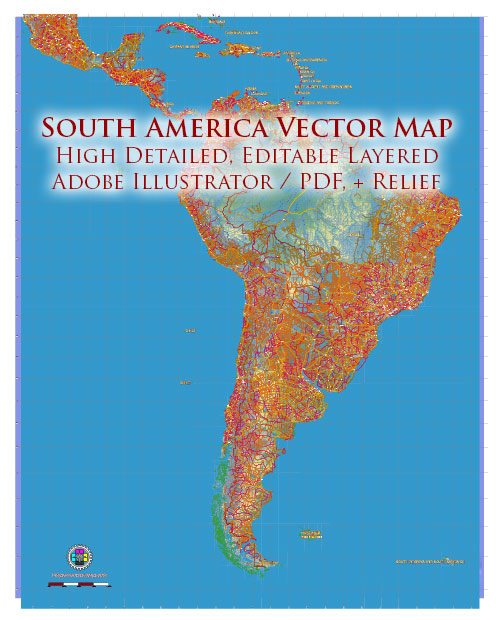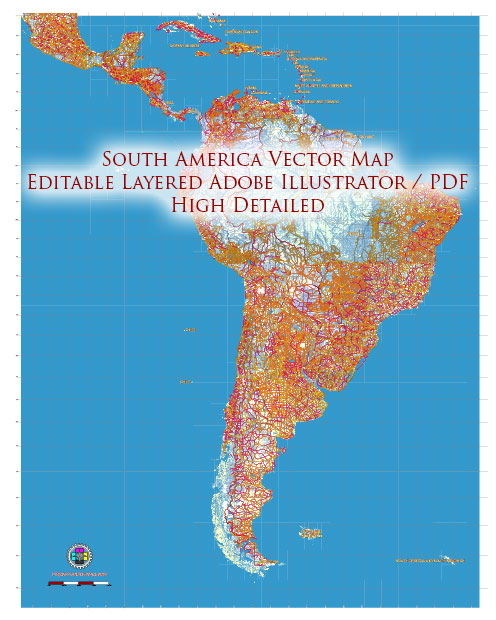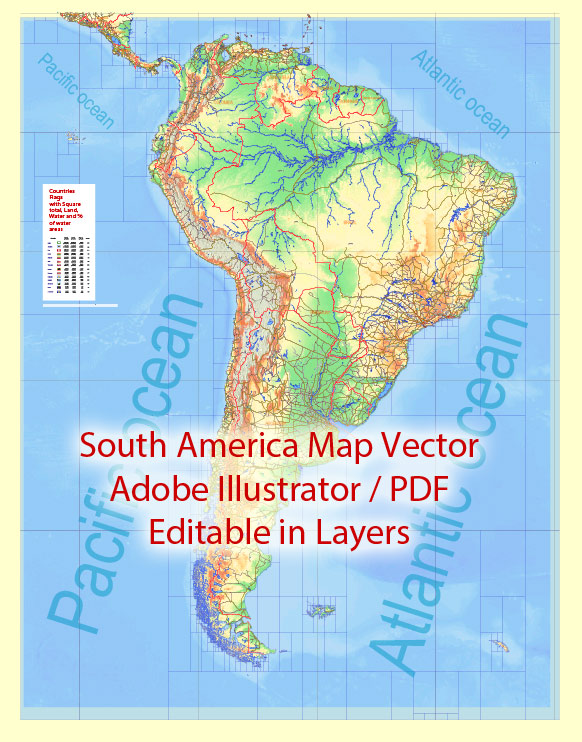A general overview of maritime and air transportation in South America.
Maritime Transportation:
- Ports:
- South America has several major ports that play a crucial role in facilitating maritime trade. Examples include the Port of Santos in Brazil, the Port of Callao in Peru, and the Port of Buenos Aires in Argentina.
- These ports serve as key gateways for imports and exports, connecting South America to global markets.
- Shipping Routes:
- The region is traversed by major shipping routes, such as the east-west route connecting the Atlantic and Pacific Oceans via the Strait of Magellan and the Drake Passage at the southern tip of the continent.
- Panama Canal:
- While the Panama Canal is not located in South America, it significantly impacts maritime transportation in the region. The canal facilitates the transit of vessels between the Atlantic and Pacific Oceans, providing a shortcut for ships traveling to and from South American ports.
- Amazon River:
- The Amazon River and its tributaries are important for inland transportation in South America, particularly in countries like Brazil and Peru. River transport is a key mode for moving goods within these countries.
Air Transportation:
- Airports:
- South America is home to numerous international and domestic airports. Major international airports include São Paulo-Guarulhos International Airport in Brazil, El Dorado International Airport in Colombia, and Jorge Chávez International Airport in Peru.
- Airlines:
- Several major airlines operate in South America, connecting the continent with destinations around the world. LATAM Airlines, based in Santiago, Chile, is one of the largest carriers in the region.
- Regional Connectivity:
- Air travel is crucial for connecting the vast and geographically diverse landscapes of South America. It plays a vital role in linking remote areas, major cities, and countries within the continent.
- Challenges:
- Some challenges to air transportation in South America include the vast distances between cities, variable weather conditions, and the need for infrastructure development in certain regions.
- Tourism:
- Air transportation also supports the growing tourism industry in South America, with visitors arriving to explore attractions such as the Amazon Rainforest, Machu Picchu in Peru, and the beaches of Brazil.
It’s important to note that the specifics can vary widely between countries in South America, as each nation has its own transportation infrastructure and policies. For the latest and most accurate information, it’s recommended to consult recent sources or official transportation agencies in the respective countries.




 Author: Kirill Shrayber, Ph.D.
Author: Kirill Shrayber, Ph.D.